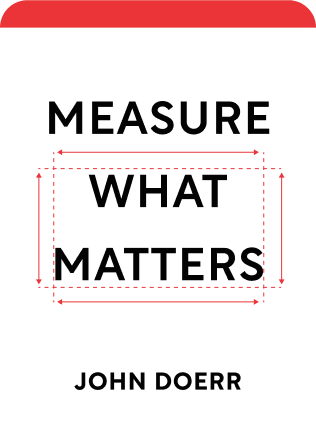

This article is an excerpt from the Shortform summary of "Measure What Matters" by John Doerr. Shortform has the world's best summaries of books you should be reading.
Like this article? Sign up for a free trial here .
What are the benefits of transparency in the workplace? How can transparency help you achieve your OKRs?
The benefits of transparency in an organization are often clear. But in addition to having clear goals and lines of communication, the benefits of OKR transparency also include a happier workforce and better work culture.
Read more about the benefits of transparency in the workplace below.
The Benefits of Transparency
In order for everyone’s goals to be aligned and contributing to the same ultimate objective, everyone’s goals, and their progress toward those goals, need to be transparent. The OKR system builds this necessary transparency into the process. CEOs can look at the goals of their executives, managers, and junior staff, and junior staff can (and should) look at the goals of their bosses and the CEO—everything is public.
Aside from alignment, there are other benefits of transparency in the workplace:
Benefit #1: Transparency Increases Productivity and Engagement
Transparency in an organization increases productivity. Studies show that you’re more likely to achieve goals that you’ve made public, and OKRs are always public. Similarly, 92% of employees are more motivated to reach their goals at work if their progress is made visible to their colleagues, as it is in the OKR system.
Benefit #2: Transparency Fosters Collaboration
One of the benefits of transparency is that is fosters collaboration. If your colleagues know your goals, and they know how much (or how little) progress you’ve made toward them, they have a better sense of how and when to help. This fosters support among peers and strengthens workplace morale.
Additionally, your goals might be similar to a colleague’s, and, consequently, you might have resources, strategies, or information that could help your colleague reach her goals. You can’t know which of your resources could be useful to your peers if you don’t know what they’re working on.
Benefit #3: Transparency Reduces the Risk of Redundant, Overlapping Goals
In large companies, people often work on the same thing, and toward the same goal, without realizing it. Making sure everyone knows everyone else’s goals helps keep employees from performing redundant tasks and, consequently, saves the company time and money.
There are clear benefits of transparency in an organization. Now that you know how OKRs can bring about these benefits, it’s time to start implementing them.

———End of Preview———
Like what you just read? Read the rest of the world's best summary of John Doerr's "Measure What Matters" at Shortform .
Here's what you'll find in our full Measure What Matters summary :
- How Google uses OKRs to rally 100,000 employees in the right direction
- How to avoid setting useless OKRs, and how to set great ones
- Key subtle behaviors your team must master to make OKRs work






